No obituary for Earth: Scientists fight climate doom talk

It’s not the end of the world. It only seems that way.
Climate change is going to get worse, but as gloomy as the latest scientific reports are, including today’s from the United Nations, scientist after scientist stresses that curbing global warming is not hopeless. The science says it is not game over for planet Earth or humanity. Action can prevent some of the worst if done soon, they say.
Review of permafrost science in IPCC’s AR6 WG2
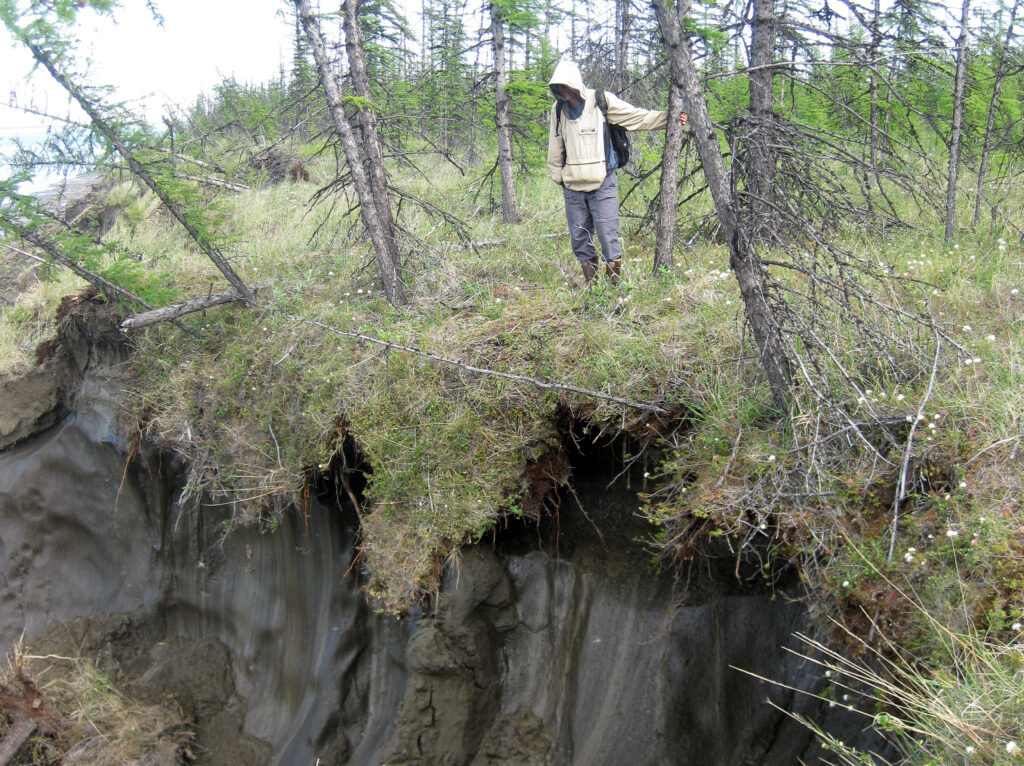
Introduction
In February 2022, the second installment of the International Panel on Climate Change (IPCC)’s Sixth Assessment Working Group 2 Report (AR6 WG2) was released; it focuses on the latest findings on climate change impacts and associated vulnerabilities and adaptation needs.
The Arctic is experiencing the most dramatic warming on the globe and is already facing the impacts of climate change. Much of the Arctic is underlain by permafrost, which is ground that has been frozen for at least two consecutive years. Permafrost stores vast amounts of carbon, almost twice as much as in the atmosphere. As discussed in AR6 WG2, thawing permafrost is a cascading threat that significantly increases vulnerabilities and risks for Arctic nations and Indigenous Peoples. Below, we examine the permafrost science and the impacts of thawing permafrost in the AR6 WG2 report.
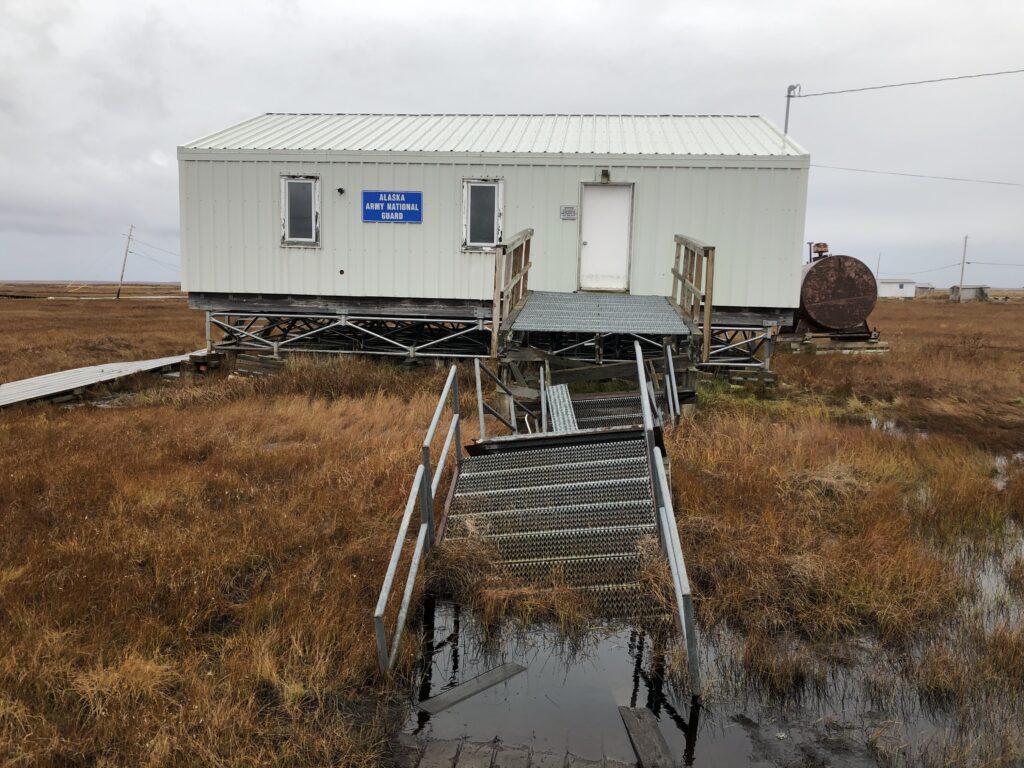
Review
Impacts of permafrost thaw
- Wildfires will further contribute to permafrost thaw and carbon emissions.
- Thawing permafrost could increase vulnerabilities of Arctic communities and Indigenous Peoples by:
- Changing hydrology (including both local wetting and drying) and increasing water insecurity;
- Increasing the costs for maintenance and reconstruction of infrastructure;
- Damaging or causing loss of cultural heritage sites and livelihoods;
- Threatening economic activities, including food supplies and supply chains; and
- Causing migration and/or forced relocation due to decreased standard of living or deterioration of land.
- Other risks from thawing permafrost include gastrointestinal illnesses due to the reduced quality of surface waters, previously frozen disease (such as anthrax) outbreaks, and mercury entering food chains and water supplies.
- Already, some areas of Arctic permafrost have shifted from carbon sinks to carbon sources due to thaw.
Future risks of permafrost thaw
- Arctic ecosystems are among the “unique and threatened systems” that face high levels of risk without adaptation, with risk levels increasing further if temperatures reach 1.5°C.
- Thawing permafrost is a self-reinforcing feedback as the resulting emissions will drive further warming. Overshooting warming targets substantially increases carbon emissions from permafrost thaw. While uncertainties remain on the timing and magnitude, thawing permafrost has the potential to become a tipping point. As a tipping point, thawing permafrost could transform socio-ecological systems on a permanent and irreversible timescale.
- If warming reaches 2°C, the AR6 WG2 reports that it could reduce permafrost extent by 5-20%. Limiting warming to 1.5°C would prevent some losses. As stated, these projections may be underestimated as they do not account for deeper permafrost layers and abrupt permafrost collapse.
- There may be adaptation limits to permafrost thaw, especially for coastal communities, resulting in permanent loss and damage of Arctic lands.
Conclusion
As the IPCC stated in the Summary for Policymakers, “the cumulative scientific evidence is unequivocal: climate change is a threat to human well-being and planetary health. Any further delay in concerted anticipatory global action on adaptation and mitigation will miss a brief and rapidly closing window of opportunity to secure a liveable and sustainable future for all.” This is especially true for Arctic nations and Indigenous Peoples, who are facing growing threats from climate change. Support for adaptation efforts in the Arctic should be prioritized alongside mitigation efforts. For more information on permafrost science in AR6 WG1, please read our fact sheet.
Download as PDF>Download the pdf.
The world’s forests do more than just store carbon, new research finds
New data suggests forests help keep the Earth at least half of a degree cooler, protecting us from the effects of climate crisis
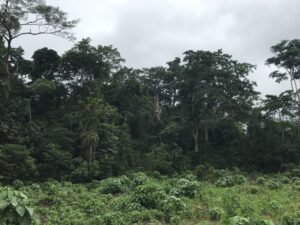
Researchers from the US and Colombia found that overall forests keep the planet at least half of a degree Celsius cooler when biophysical effects – from chemical compounds to turbulence and the reflection of light – are combined with carbon dioxide.
In the tropics – from Brazil and Guatemala to Chad, Cameroon and Indonesia – the cooling effect is more than one degree. In short, while all forests provide multiple benefits, some are more important than others in keeping the climate stable.
Continue reading on The Guardian.
Helping Any of Us Can Help Us All

“The increasing stridency of opinions in the news can be divisive. But lately I’ve heard something different in it. Turned up so loud, all I can notice is how similar it all sounds. The universal tendency to shout is an ironic reminder of how much we all have in common, as well as encouraging evidence that we have what we need to solve our shared problems. It’s as if the antidote is right there waiting in all that venom. We are all human. And we all have enormous energy to devote to helping and protecting those we love.”
Read the full message from MacKenzie Scott on Medium.
Save the Forests—Especially the Five Biggest Ones
If we lose too many trees, everything changes.
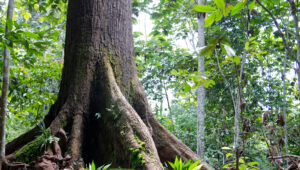
The fire that started on Tubbs Lane in Calistoga, California, on the night of October 8, 2017, was like nothing the region had ever seen. It crackled and fumed its way swiftly through forests of oak, fir, bay laurel, and buckeye, over the hills in the night. It raced downhill, which is hard for fires to do, hurling fireballs to the south and west, and eventually laid waste to block after block of Santa Rosa, stopping about five miles from the house where one of us—John—lives. Most of Sonoma County’s 500,000 residents came away physically unscathed, but with a permanently altered awareness of the world.
We are living climate change, fully immersed in the future that, until recently, we were only talking about. In 2020, the routine continued for the fourth straight year—fires handily set a new California record for charred acreage, alternately coloring the world orange, sepia, and, as one writer for The New York Times put it, “yellow-gray, like a smoker’s teeth.” One Wednesday in September, San Francisco went red, like a city under a darkroom light. Equivocation is gone from the media accounts and scientific discussions; the drought-baked landscape and fires that rip through it are results of a changing planetary reality.
Continue reading on The Atlantic.
Prophet of the polar vortex
Jennifer Francis was one of the first climate scientists to connect a warmer Arctic with severe winter weather further south
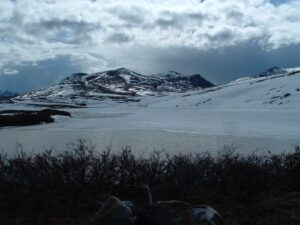
Jennifer Francis’ long relationship with the extremes and vagaries of Arctic weather began in a sailboat. In 1985, during an extended break from college, she and her husband-to-be completed a five-year sailing adventure that took them to places like Cape Horn, around the bottom of New Zealand and, eventually, above the Arctic Circle.
“At the time, we were told that we’ve gone farther north than any other American sailboat,” Francis says. The couple’s biggest challenge — more than lacking modern amenities like GPS or cellphones — was that the further north they went, the less reliable weather forecasts became.
“Weather really controls your life when you’re living on a sailboat,” Francis explains. And accurate information about weather in the Arctic was sorely lacking.
Read the full story on Scienceline.
Ukraine’s conflict Has rippled all the way to the Arctic circle
The effects of the conflict in Ukraine have rippled across the globe, sending more than two million refugees fleeing, and driving up gasoline prices in the U.S., heating bills in Europe, the cost of bread in the Middle East, and even the price of potato chips around the world. But one of the most significant impacts, for the future of global warming at least, is unfolding thousands of miles away in the Arctic, where vital research on carbon emissions just came to a screeching halt.
Read the full article in Time.
Fund for Climate Solutions awards four new grants
New awards leverage unique data and advance carbon markets
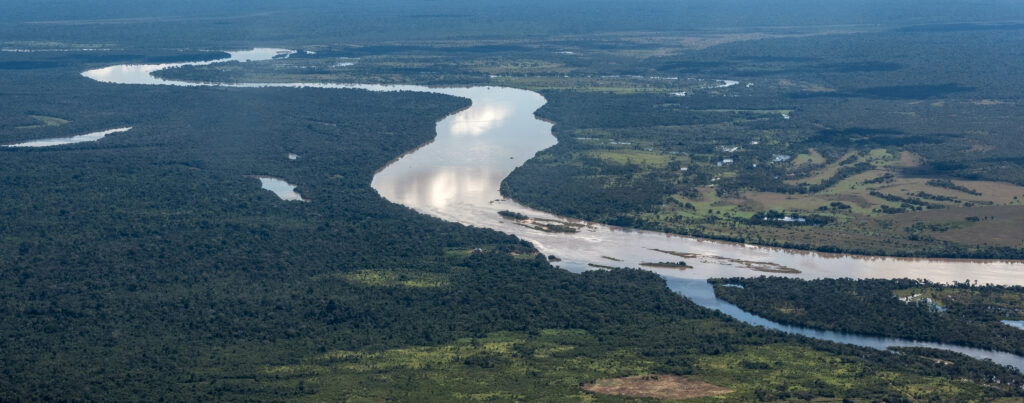
Promoting primary forest conservation as a key NCS strategy in the tropics; helping states enter the global carbon market
Project lead: Michael Coe
Collaborators: Glenn Bush, Wayne Walker, and Joseph Zambo
Standing forests, particularly tropical forests, are capable of providing almost a quarter of the cost-effective climate mitigation needed by 2030, yet they receive less than 3% of available finance. A truly functioning carbon market that could correct this imbalance has yet to develop, and a key reason is the lack of a uniform, global rating standard to guide suppliers, reassure investors, and generally ensure carbon credits are what they claim to be. Other FCS-funded work is underway to develop a Forest Carbon Rating Standard (FCRS). This project will build on that, developing model cases of adoption of the standard by state-level jurisdictions in Mato Grosso, Brazil and Equateur and Tshopo provinces in the Democratic Republic of Congo (DRC). This work has the potential to accelerate capital flows into programs that can keep primary tropical forests standing.
Making NCS work: Improving adoption of climate smart technologies in the DRC by including subsistence farmers technology preferences in the policy design process
Project lead: Glenn Bush
Collaborators: Kathleen Savage, Joseph Zambo, Samantha Bonelli (Woodwell-Tufts student), and Fitalew Taye (Griffiths University)
Climate smart agricultural techniques have an important role to play in avoiding or reducing greenhouse gas emissions while maintaining or enhancing food production and economic development. Previous FCS-funded research showed that System of Rice Intensification (SRI) is a viable climate smart technology for communities in the Democratic Republic of Congo (DRC), with the potential to increase yields by up to 30%. However, to design effective policy to incentivize adoption, we must understand the social and economic trade-offs between business as usual and the novel technology. This project aims to develop a social, cultural, and economic assessment method to understand SRI’s potential for adoption by subsistence farmers in the DRC. While the method will be developed and tested in DRC, it will be broadly applicable, with the potential to inform the design of policies to promote natural climate solutions.
Intensification in the world’s largest agricultural frontier: The impacts of land use transition on local climate and crop yields
Primary Investigator: Ludmila Rattis
The Brazilian Cerrado, the world’s most biodiverse savanna, is key to regulating water availability and atmospheric moisture over South America. It is also where Brazilian agriculture is expanding the most. As a result, more than half the region has been deforested and deforestation continues at a rapid pace, with potential impacts on local temperatures and water availability. The relationship betweenf deforestation and local climate has been well-studied in the Amazon region, but not in the Cerrado. The goal of this project is to model land use transition impacts on local climate and consequently, on crop yields in the Cerrado agricultural frontier. The results will provide new scientific insights into prospects for future food production in the Cerrado and have the potential to greatly strengthen our policy approaches to ending deforestation.
Integrating long-term global rivers data to enhance understanding, identify new research directions, and improve watershed management in a changing climate
Project lead: Marcia Macedo
Collaborators: Michael Coe, Linda Deegan, Anna Liljedahl, Christopher Neill, and Jonathan Sanderman
Climate change is altering river flows, temperatures, and chemistry globally, with impacts on ecosystems and human communities. But the changes vary widely, and there are few comprehensive, global datasets from which to extract a broader perspective. Woodwell’s Water Program is uniquely positioned to address this challenge. Decades of work by Woodwell researchers and their partners at hundreds of sites around the world has resulted in an incredible array of data—global yet detailed, diverse yet comparable. By funding the first Woodwell Climate Postdoctoral Fellowship to analyze this data in an integrated framework, this project aims to expand the diversity of perspectives on Woodwell’s science staff, consolidate our understanding of the threats facing global rivers, and identify cross-cutting research priorities moving forward.



